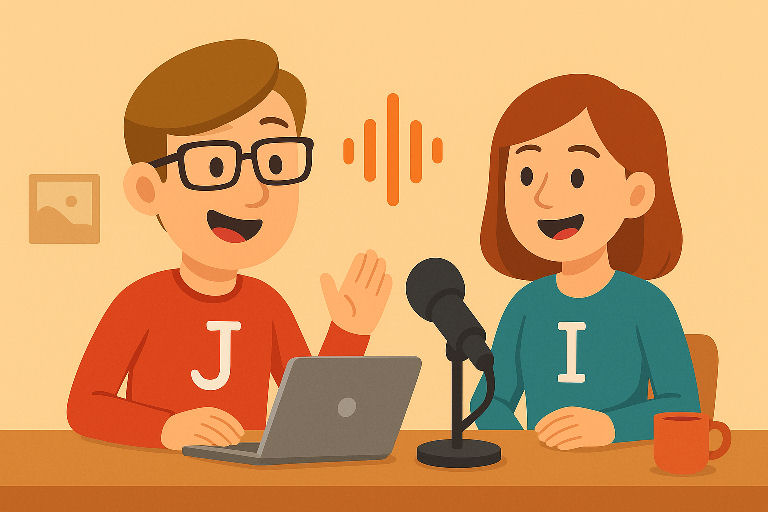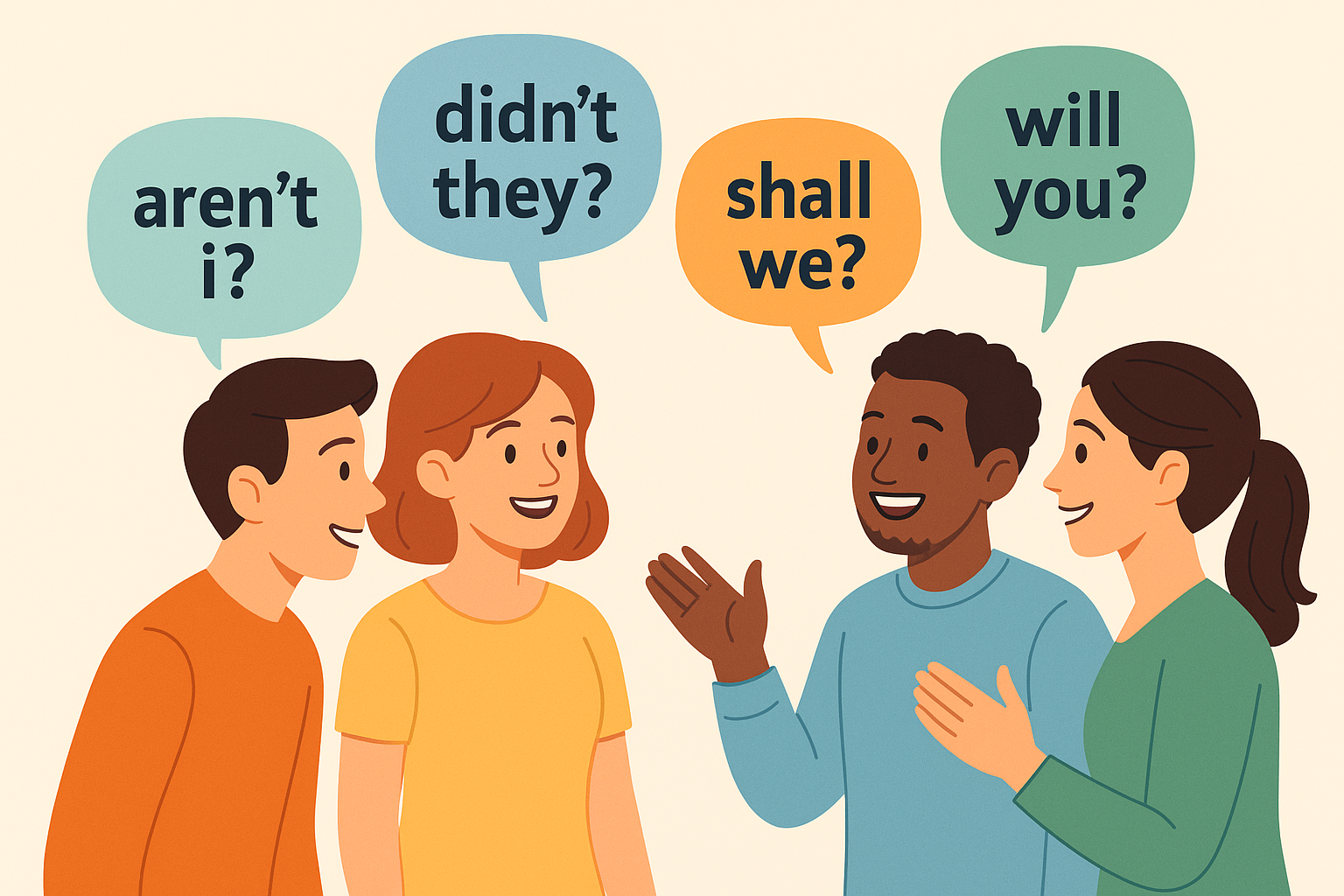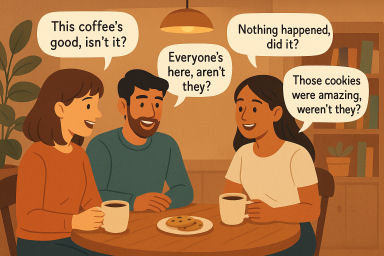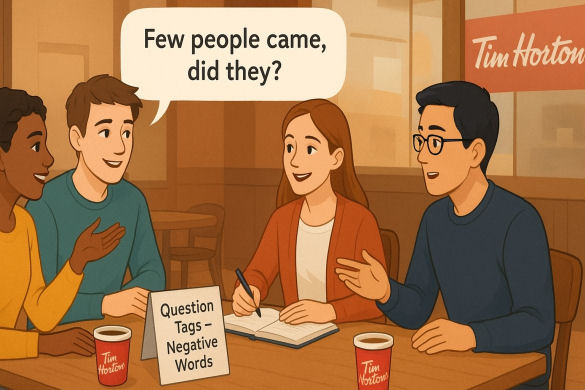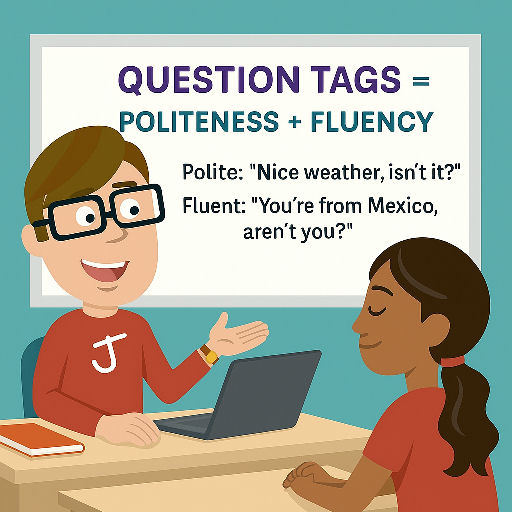Learn the crucial difference between -ed and -ing adjectives in English. Adjectives ending in -ed describe how someone feels (e.g., bored, excited, tired), while -ing adjectives describe what causes that feeling (e.g., boring, exciting, tiring). Use -ed for the receiver of the emotion and -ing for the source. Understand through examples like ‘the movie was boring’ (cause) vs. ‘I was bored’ (feeling). Practice with guided questions to express yourself clearly.
Bringing it all Together -ed & -ing Adjectives


